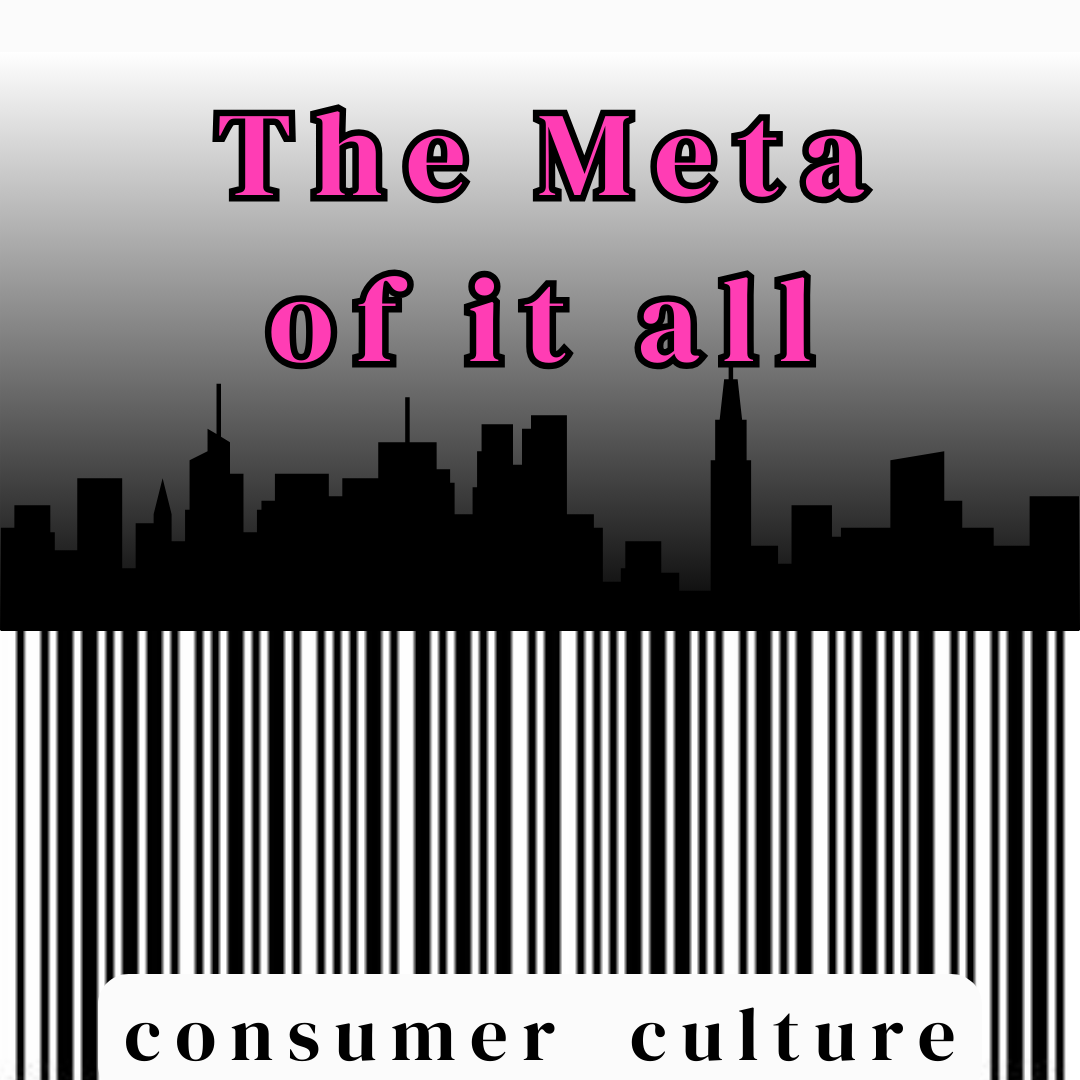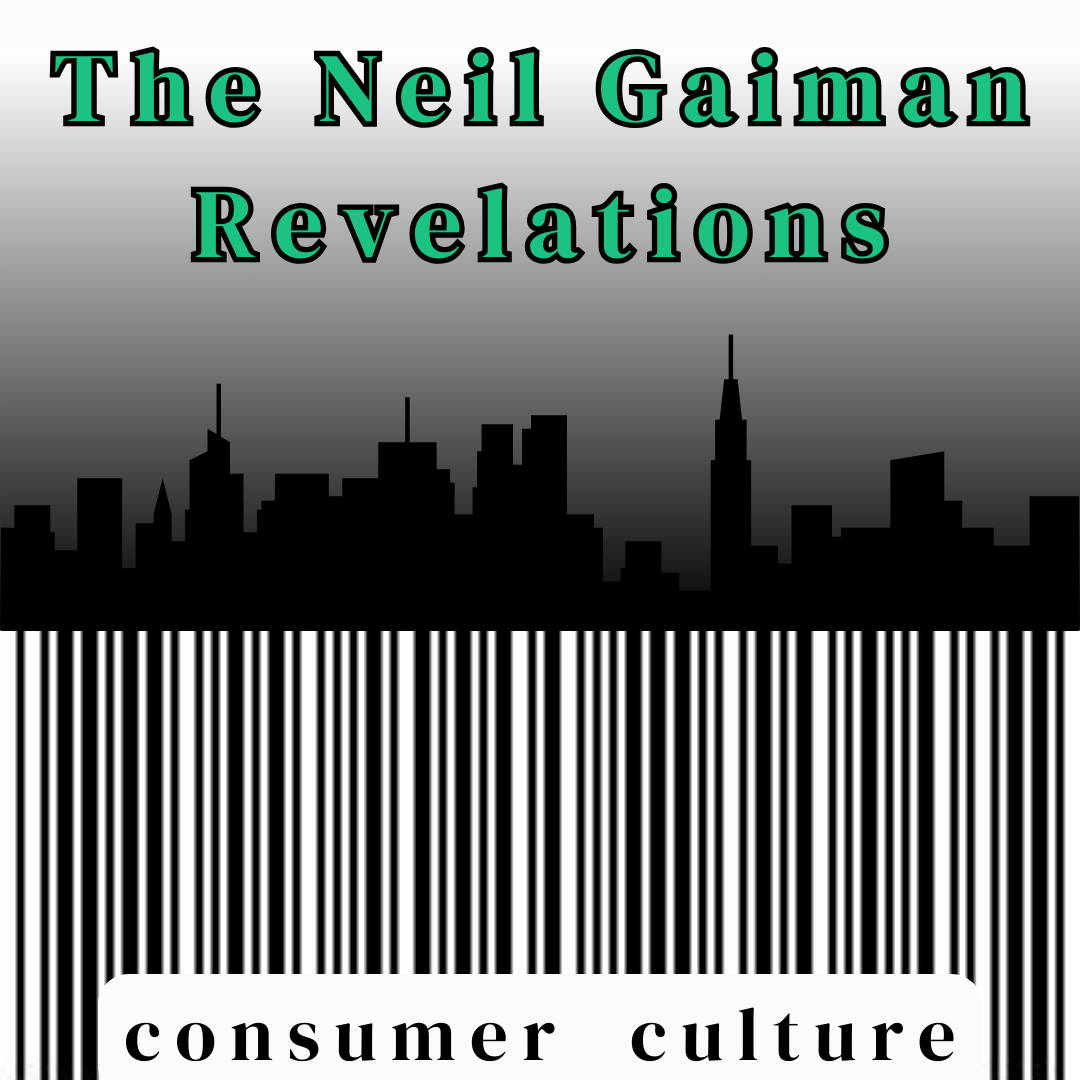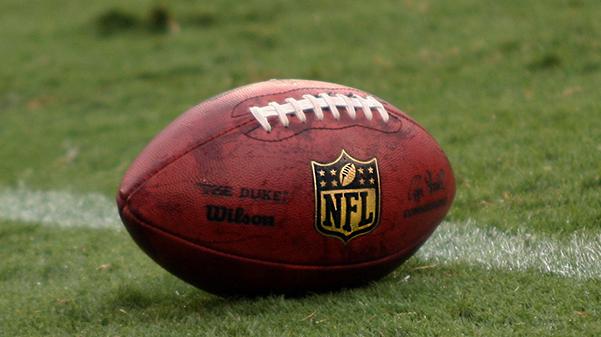Communication styles change with each generation; that’s why terms popular in the ’60s, like “groovy” and ones from even longer ago, like “golly-gee,” are hardly heard anymore.
A large portion of today’s communication, especially for college students, isn’t heard at all.
We are not just communicating through text, however. In fact, I would say that a solid 50 percent of the messages between my friends and me are memes that are sent with little to no explanation.
What I do not fully understand, though, is why this form of communication is seen as somehow lesser than other communication styles.
Although the rapid speed with which memes are created and distributed is still new, the concept of a meme is an old one. Anybody who has had the pleasure of taking Professor Andrew Allen Smith’s Media Literacy class has probably already heard this.
What is a meme? You may think that it is just an image with an obnoxious phrasing like “Cash me ousside howbow dah” laid across the top, and you’d be right…sort of.
The actual definition of a meme is “an element of a culture or system of behavior that may be considered to be passed from one individual to another by nongenetic means, especially imitation.”
That’s it. No requirement of being electronic. No requirement of being based off media. No requirement of white, block-lettered text.
The two-finger peace sign is a meme. Parachute pants are a meme. Fedoras are a meme (though, depending on your age, they may be a reference to different things). Memes reflect the culture in which we live.
If memes have been around forever, then why are they looked down on? It appears to me, that because there is no telling what could become the next big meme and because of the haste with which these cultural phenomena are created, others do not see memes as sophisticated. That’s not to say that Pepe the Frog needs to be treated with the utmost respect, but some would be nice.
Today, memes allow us to communicate situations, emotions and humor in ways that were previously either incredibly difficult or non-existent.
It allows people across the world from various walks of life to find a commonality in experiences. If I had to explain a feeling that lies somewhere in the middle of confused, frustrated and angry, I wouldn’t have the vocabulary to do so. Thanks to a meme of Jackie Chan, however, I can now quickly and easily express this emotion without having to use words at all.
Memes are seen as a new, low-class form of communication, but the truth is, they are as old as culture itself and allow us to communicate in ways that were not possible before.
It might be difficult, but we need to start thinking about memes on a higher level of sophistication.









